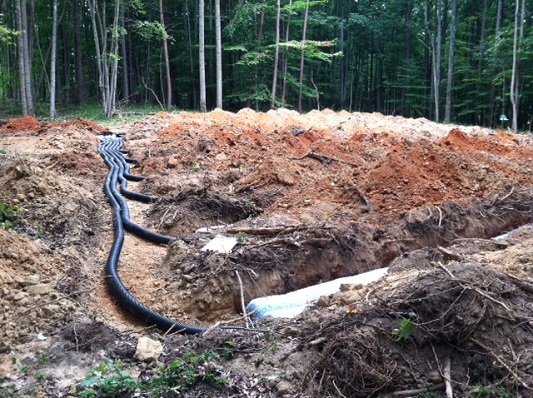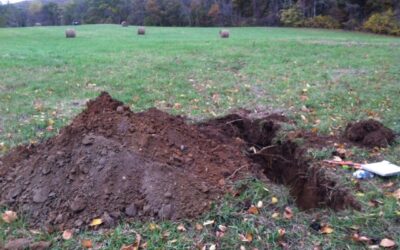Understanding Septic Systems: A Homeowner’s Guide
For many homeowners, the septic system is an out-of-sight, out-of-mind component of their property—until it’s not. A properly functioning septic system is crucial for the treatment of wastewater in homes not connected to municipal sewer lines. Understanding the basics of how your septic system works and how to maintain it can save you from unpleasant surprises and costly repairs.
Septic systems, essential for biologic wastewater treatment, combine holding tanks and absorption fields to efficiently manage household wastewater. The process begins in the holding tank, where solids settle at the bottom, allowing the liquid effluent, or gray water, to flow through a distribution box to the absorption field. Here, the soil acts as a natural filter, percolating and purifying the wastewater before it reenters groundwater reserves. Recognizing early warning signs and understanding the causes of septic system failure are crucial for protecting this vital investment.
Key indicators of a failing septic system include:
- Plumbing that drains slowly.
- Persistent sewage odors.
- Continually wet or soft ground above the absorption field.
- Unusually lush vegetation over the absorption field.
- Water tests indicating the presence of bacteria or fecal coliform.
Common causes of septic system issues
- Excessive soil compaction over the drainfield due to driveways, machinery, or livestock.
- Introduction of solids into the system through flushing or other means.
- Invasion of vegetation roots.
- Mistakes in design or installation.
- Inadequate maintenance.
To safeguard your investment and prevent future septic issues and associated costs, consider the following preventative measures:
- Schedule septic tank pumping every 3-5 years.
- Dispose of oils, fats, paints, chemicals, paper products, and cat litter properly, not down the drain.
- Minimize the use of garbage disposals.
- Avoid the use of unnecessary septic tank treatment chemicals and additives.
By adhering to these guidelines, homeowners can ensure the longevity and efficiency of their septic systems, protecting both their investment and the environment.




